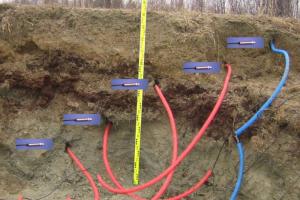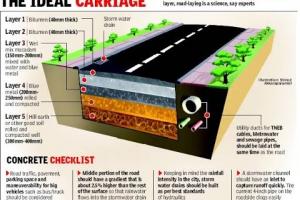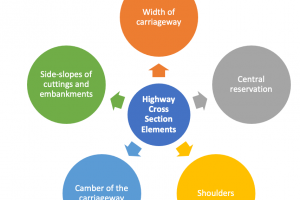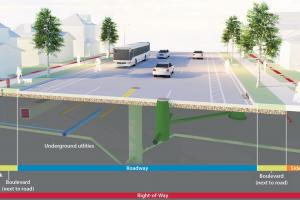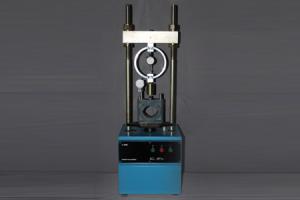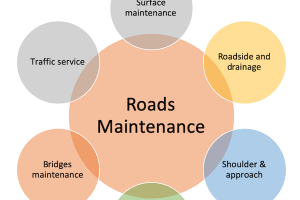Applications of Software in Traffic Engineering

Introduction to Traffic Simulation
It is the mathematical modeling of transportation systems (e.g., freeway junctions, arterial routes, roundabouts, downtown grid systems, etc.) through the application of computer software to better help plan, design and operate transportation systems. Simulation in transportation is important because it can study models too complicated for analytical or numerical treatment, can be used for experimental studies, can study detailed relations that might be lost in analytical or numerical treatment and can produce attractive visual demonstrations of present and future scenarios.
Why / Objectives of Simulation
- Applied to complex systems which cannot be modelled or solved mathematically e.g. congested intersections.
- Fast and easy modelling of ground conditions and network elements.
- Replication
Softwares for Micro Simulation
- TransModeler
- TSIS-CORSIM
- Cube Dynasim
- LISA+
- SYNCRO
- S-Paramics
- Simtraffic
Functions of PTV Vissim
- Planning and operational analysis of transport systems
- The software can draw realistic lane geometry which ensures the accurate representation of roads and highways
- Accurate representation of all network elements.
- 2D and 3D animations for understanding and presentation.
Calibration of Simulation Softwares
It is the adjustment of different parameters in the software to represent ground conditions realistically. The calibrated models are then validated by cross checking. It is done by comparing ground volume and travel times with the software output. If the error range is within 5% the model is said to be calibrated otherwise, adjust the parameters again and validate.
Calibration of the model, whether macro or micro, is a critical step in the development of a reliable and useful simulation model. Calibration of a micro simulation model will require more time and effort because of the wider range of factors and inputs that influence the model results and output. Some of the parameters that can be used for calibration include volume, density, travel time, speed and flow rate. These parameters are different for different modes.




